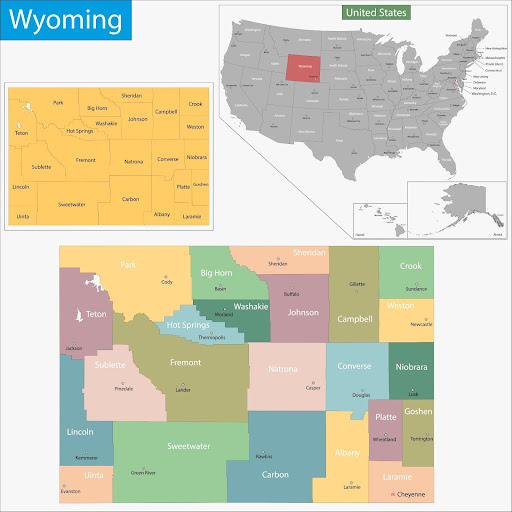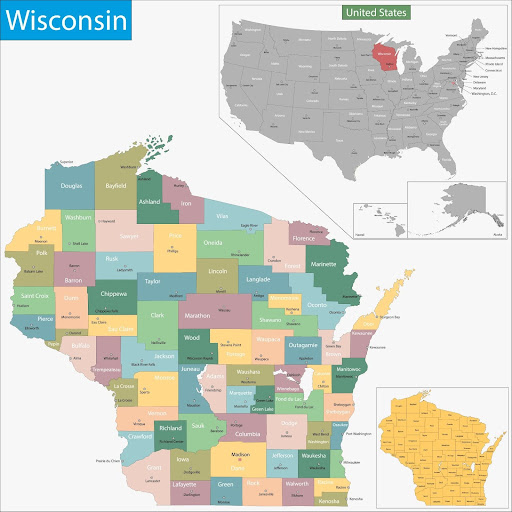In West Virginia, wildland fires sneak through leaf litter, wind up steep hollows, and settle into remote stretches of hardwoods and coal country. For fire investigators, the work is slow-burning and high-stakes: tracking ignition patterns across rugged terrain, parsing human activity in tight-knit rural communities, and navigating a patchwork of local and state response systems.
In this guide on wildland fire resources in West Virginia, you’ll find everything you need to operate confidently in the state’s wildland fire environment. From agency contacts to regional fuel behavior, red card training centers to where to find live incident maps, it’s all here.
For a broader overview, visit our wildland firefighting resources hub.
Live Incident Updates & Maps
Track active wildfires, red flag warnings, and suppression status across West Virginia:
State Overview
West Virginia doesn’t scream wildfire at first glance, but for investigators, it’s a quiet sleeper. Rugged Appalachian topography, steep slopes, and a combustible carpet of hardwood litter combine to produce fires that may not roar, but they can creep, smolder, and surprise.
- Eastern Panhandle: Higher population density, more WUI concerns, and increased arson or accidental starts.
- Allegheny Highlands: Hardwood fuels dominate, and oak, hickory, and dense understory lead to duff-driven fires that require patient mop-up and precise cause determination.
- Coalfields Region: Mine lands, abandoned equipment, and human-caused ignitions (especially debris burns) are frequent sources of fire origin.
Wildfire Season Timeline
While not a year-round threat like out West, West Virginia has two distinct fire seasons:
- Spring (March–May): Peak season. Dry vegetation post-winter + increased debris burning = high ignition risk. Many fires start on private property with poor burn control.
- Fall (October–early December): Leaf drop + low humidity + dry ridges. Fires often smolder for days in hardwood duff and are easy to misjudge.
- Summer: Generally low risk due to higher humidity and green vegetation, but occasional lightning strikes and equipment-caused fires do occur.
Key State Agencies Involved
Fire response in West Virginia is coordinated but decentralized, often hinging on the closest available crew and local terrain familiarity.
Local Wildland Firefighting Resources
West Virginia’s rugged, rural character means much of the state’s suppression power rests in the hands of community-based departments.
List of Local/State/Federal Fire Response Agencies
Here’s a quick breakdown of who’s who when fire breaks out:
- WV Division of Forestry Fire Control: The lead agency for wildfire suppression on state and private lands. DOF Fire Control Officers oversee burn permits, suppression crews, and post-fire investigations, often coordinating closely with local departments and investigators.
- Volunteer Fire Departments: VFDs are typically first on scene and play a critical role in initial attack, perimeter control, and community evacuation support. Many maintain basic wildland gear and training.
- U.S. Forest Service: Responsible for fire suppression and investigation on federal lands. Fire behavior in the Monongahela NF is influenced by steep terrain and dense hardwood litter. USFS investigators follow NWCG and LEI protocols.
- SACC Southern Area Coordination Center: Serves as the regional hub for wildfire logistics and interagency coordination across the Southern U.S. During large or multi-state incidents, SACC mobilizes air support, overhead teams, and additional firefighting resources.
Contact Numbers and Emergency Links
- Report a Wildfire: Call 911 immediately.
- WVDOF Fire Dispatch: 304-558-2788
- WV Burn Law Info & Restrictions: https://wvforestry.com/fire-laws/
- National Fire Situational Awareness Tool: https://fsapps.nwcg.gov/afm/index.php
Training & Volunteering
West Virginia may not have the same volume of NWCG training as western states, but key opportunities exist across the region for both new and seasoned responders.
NWCG-Approved Academies and Centers
Volunteer and Seasonal Training Opportunities
- WV Emergency Firefighter Program: Seasonal firefighter roles are available each spring. Includes red card certification and basic suppression skills. Apply through local DOF field offices.
- VFD Wildland Modules: Many departments offer informal wildland training based on NWCG principles. Investigators working with VFDs may benefit from their local knowledge and proximity to ignition sources.
- Firewise Communities Support: WVDOF supports neighborhood-level WUI mitigation efforts. Fire investigators may be asked to participate in community outreach or prevention analysis.
Stay Informed on West Virginia’s Wildland Fire Landscape
West Virginia isn’t a top-five state for wildfire acreage, but don’t let that fool you. Fires here are often human-caused, close to home, and deceptively difficult to suppress. Ridge-to-hollow winds, steep drainages, and inaccessible terrain can turn a two-acre fire into a multi-day slog. For fire investigators, that means every ignition source, from a tossed cigarette to a gas-powered weed trimmer, is worth a second look.
Stay sharp. Know your districts. Build working relationships with wardens, VFD chiefs, and foresters. And always assume the scene might be more complex than it first appears.
FAQs
Can I burn brush or debris in West Virginia?
Yes, but only during legal burn hours (5:00 PM to 7:00 AM) during spring and fall fire seasons, and with cleared buffers. Full burn laws: https://wvforestry.com/fire-laws/
Who investigates wildfires in West Virginia?
WVDOF is the primary investigating agency on state and private land. On federal land, USFS or NPS leads the investigation, but collaboration is common. VFDs often assist or provide scene control.
How can I get certified to fight wildfires in WV?
Contact your regional DOF office or local VFD to enroll in basic NWCG training. Seasonal firefighter positions open each year in spring.
Where can I access fire data for past incidents?
Start with WVDOF's incident reports or contact the Southern Area Coordination Center. Monongahela NF also archives federal wildfire investigations upon request.









